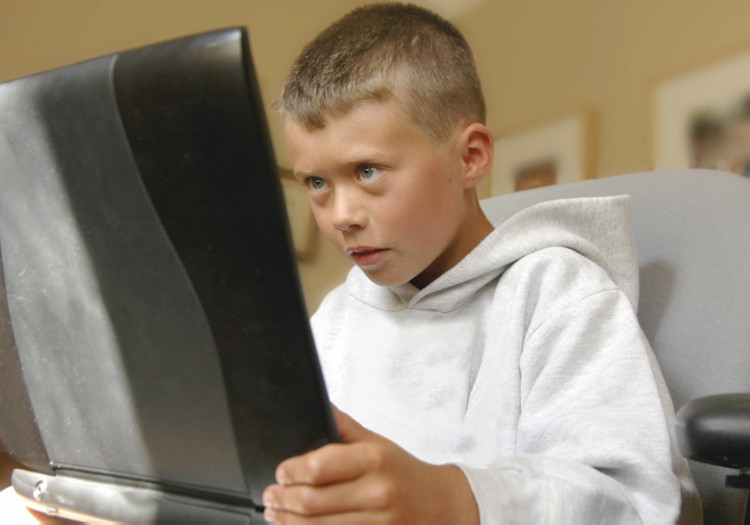
Pornography hurts. It hurts those who make it, those who watch it, those who sell it.
Don’t write me off as a Puritan I don’t believe in banning pleasure or censoring books. Humans are strange animals, and if consenting adults choose to spend their time and money watching or reading pornography, that is their choice.
But let’s not blind ourselves to the fact that it is mindless, badly made, sometimes violent, and always exploitive. And the fact that it is now accessible on computers, mobile phones and tablets everywhere young people love to communicate puts our children at serious risk.
As a Trustee of the NSPCC I was invited to hear David Cameron not long ago when he made a passionate speech calling on internet providers to do more to protect children and young people from pornography. Now Culture Secretary Maria Miller has joined those who are deeply concerned about what she calls “the pornification” of young people.
She is right. Girls, and boys too, are asking for help from ChildLine, because they are so distressed, having been persuaded by other young people to copy the stuff they have seen on the internet. The NSPCC in a major survey recently found that a great deal of sexual abuse young people suffer is by other young people, much of it violent.
I believe brutal sex has been normalised by pornography, and is affecting the way children are treating each other. And kids are so young when they first see this degrading stuff, on average around 10 years old.
ITV made a shattering series about the fact that most children get their “sex education” from watching pornography. It’s understandable. Children are curious, and adventurous, and that is part of the joy of childhood. But sex and love are the biggest adventures of all, and it takes time and emotional maturity to explore and enjoy them. Take the love out of sex, and it becomes at best a ritual, at worst an assault.
I have never forgotten meeting a beautiful, bright young woman who took part in pornographic films. Brutally sexually abused as a child, she remembered sleeping with a knife under her pillow to try to protect herself. The result was life-long damage.
As a teenager, despising and hating her own body, she became a prostitute. As a young adult she was persuaded to “act” in pornographic films. She told me she was always treated with contempt by the men she worked with. But she had a daughter, and it was the only way she knew to make enough money to give her child a comfortable life.
In the olden days, when I was young, “adult” magazines were displayed on the top shelves of the newsagents, out of reach of children. In those far-off days, before the web was born or thought of, we got some things right.
Caring parents feel helpless these days, trying to prevent pornography damaging their children.
It cannot be beyond the wits of the brilliant minds pushing back the boundaries of the internet universe to give parents and children the protection they need.

Enjoy the convenience of having The Sunday Post delivered as a digital ePaper straight to your smartphone, tablet or computer.
Subscribe for only £5.49 a month and enjoy all the benefits of the printed paper as a digital replica.
Subscribe